Do Essential Oils Have Frequencies
Essential oils have been used for centuries for their therapeutic properties, but their frequencies are lesser-known. This article delves into what frequencies in essential oils are and how they are measured. Explore the benefits of essential oils with high frequencies, such as promoting relaxation, boosting the immune system, and enhancing emotional well-being. Understand the various factors that can impact the frequencies of essential oils and how they can aid in frequency healing. Additionally, we touch on the potential risks and side effects of using essential oils with frequencies, along with a list of high-frequency essential oils to include in your wellness routine.
Key Takeaways:
What Are Essential Oils?
Essential oils are natural substances derived from plants that are highly concentrated with aromatic compounds. When used appropriately, essential oils can have various positive effects on the human body.
These oils have been used for centuries in traditional medicine, perfumery, and aromatherapy due to their therapeutic properties.
Peppermint oil, for example, is known for its cooling sensation and can help alleviate headaches and improve digestion. Meanwhile, Lavender oil is often used for its calming effects, promoting relaxation and better sleep. Each essential oil has its own unique properties and benefits, making them versatile tools for natural health and wellness.
Whether diffused in the air, applied topically, or used in massage therapy, essential oils offer a holistic approach to supporting physical and emotional well-being.
What Are Frequencies in Essential Oils?
Frequencies in essential oils refer to the vibrational levels at which these natural substances resonate. These vibrations can interact with the frequencies of the human body, potentially impacting various levels of well-being.
This interaction is based on the principle that everything in the universe, including our bodies and essential oils, emits energy at a specific frequency. When the frequencies of essential oils align harmoniously with the body’s energy, they can help restore balance and promote health.
For example, lavender oil is known for its calming properties due to its frequency, which may help reduce stress and anxiety levels. Conversely, peppermint oil with its invigorating frequency can boost energy and alertness.
Understanding these vibrational properties allows for a holistic approach to well-being, utilizing the power of essential oils to support the body’s natural healing processes.
How Are Frequencies Measured in Essential Oils?
Frequencies in essential oils are measured in megahertz (MHz) to determine the vibrational frequency of each oil. Certain claims within the essential oil community suggest that higher MHz levels indicate increased potential health benefits.
The tools used to measure these frequencies vary, with some practitioners utilizing bioresonance devices or frequency meters specifically designed for this purpose. These tools help determine the subtle energetic patterns unique to each oil, providing insights into their potential therapeutic properties. For example, oils such as Rose (320 MHz), Lavender (118 MHz), and Frankincense (147 MHz) are often cited for their high frequencies, believed to correlate with their reputed calming, healing, and spiritual enhancement qualities.
What Are the Benefits of Essential Oils with High Frequencies?
Essential oils with high frequencies have the potential to raise the vibrational frequencies of the human body, leading to positive impacts on various aspects of health and well-being.
These essential oils are believed to interact with the body’s energy centers, also known as chakras, promoting balance and harmony. Studies have shown that certain oils like lavender, rosemary, and peppermint possess properties that can reduce stress and anxiety levels. When used in aromatherapy, these oils can create a calming environment, aiding in relaxation and emotional well-being.
Promotes Relaxation and Reduces Stress
One of the key benefits of essential oils with high frequencies like rose oil is their ability to promote relaxation and reduce stress levels in individuals.
Scientific studies have shown that the aroma of rose oil can significantly lower levels of cortisol, the stress hormone, in the body. Inhaling rose oil vapor has been linked to decreased sympathetic nervous system activity, inducing a sense of calmness and tranquility. The compounds present in rose oil, such as geraniol and citronellol, interact with the olfactory system, triggering relaxation responses in the brain.
The soothing properties of rose oil can help alleviate anxiety and promote better sleep quality. The aroma of this essential oil can enhance mood and emotional well-being by activating neurotransmitters like serotonin and dopamine, which are associated with feelings of pleasure and relaxation.
Boosts Immune System
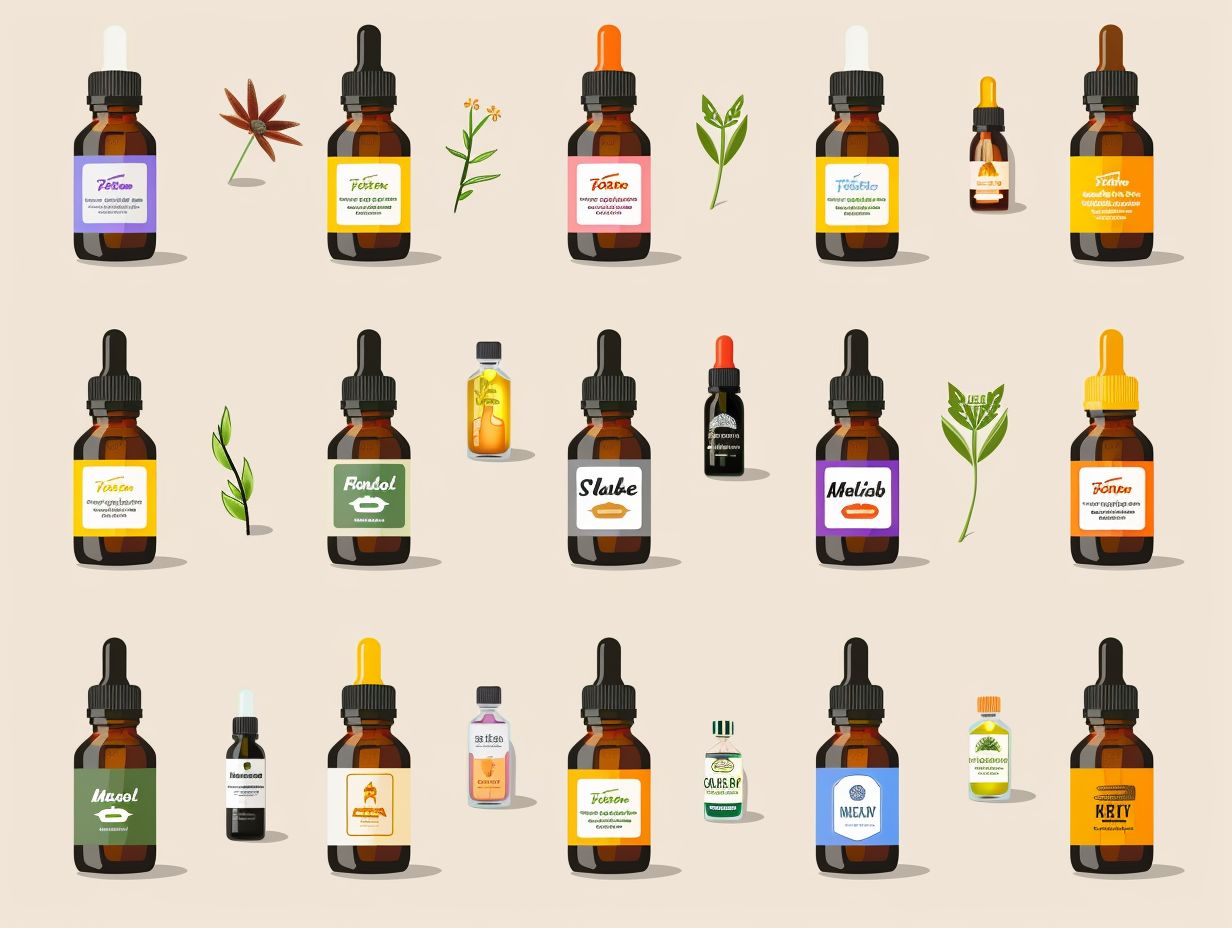
Essential oils with high frequencies may have the potential to boost the immune system by supporting the body’s natural defense mechanisms.
For instance,
- Frankincense, known for its immune-boosting properties, has a frequency range of approximately 147-320 MHz, which is believed to promote overall wellness by enhancing cellular function and vitality.
- Tea Tree oil with a frequency of around 48 MHz is renowned for its antimicrobial and antiseptic qualities, assisting the body in combating various infections.
The vibrational frequencies of these oils are thought to resonate harmoniously with the immune system, stimulating its efficiency in warding off pathogens and maintaining a healthy balance within the body.
Improves Mood and Mental Clarity
Certain essential oils, such as Lavender oil, are known for their ability to improve mood and mental clarity due to their high vibrational frequencies.
Research has shown that inhaling Lavender oil can have a calming effect on the nervous system, helping to reduce stress and anxiety levels.
The soothing aroma of Lavender oil is believed to promote relaxation and improve sleep quality, making it a popular choice for those looking to enhance their overall well-being.
In a study conducted by the University of Maryland Medical Center, participants exposed to Lavender oil reported feeling more relaxed and content compared to those in the control group.
The scent of Lavender oil has been linked to increased alpha brain waves, which are associated with improved cognitive function and mental clarity.
Enhances Spiritual and Emotional Well-being
Sandalwood oil is often used to enhance spiritual and emotional well-being, as its high frequencies are believed to have a calming and grounding effect on individuals.
Many spiritual practices, like meditation and yoga, incorporate Sandalwood oil due to its reputation for promoting inner peace and clarity of mind. The earthy and woody aroma of this oil is said to uplift the spirit and open channels for deeper introspection and connection to the self. Testimonials from users often mention feeling a sense of tranquility and balance after using Sandalwood oil, attributing it to its ability to soothe the soul and ease feelings of anxiety or restlessness.
Do Essential Oils Have Different Frequencies?
Yes, essential oils can have different vibrational frequencies based on factors such as their plant sources, extraction methods, and storage conditions.
For instance, the vibrational frequency of essential oils can be greatly influenced by the plant species they are derived from. Plants with high energy levels, such as rose or jasmine, tend to produce oils with higher frequencies. In contrast, oils from plants like lavender or chamomile, known for their calming properties, exhibit lower vibrational frequencies.
The method of extraction also plays a crucial role in determining an oil’s frequency. Distillation methods, like steam distillation, are believed to preserve the plant’s energetic qualities better than chemical extraction processes. The way oils are handled and stored affects their vibrational frequencies, with exposure to sunlight or heat potentially altering these frequencies significantly.
Plant Sources
The vibrational frequencies of essential oils can vary depending on the plant sources from which they are extracted. For instance, Frankincense oil is known for its unique frequency profile.
This uniqueness in frequency patterns is a result of the specific molecular composition of each plant, which influences the vibrational resonance of the oil. Plants have their own energetic signatures that are transferred to the essential oils during the extraction process. For example, Lavender oil, with its calming properties, resonates at a different frequency compared to the stimulating properties of Peppermint oil. These distinct frequency profiles contribute to the diverse therapeutic effects of essential oils on the mind and body.
Extraction Methods
The methods used to extract essential oils can impact their vibrational frequencies. For example, basil oil obtained through steam distillation may exhibit different frequencies compared to other extraction techniques.
Steam distillation involves passing steam through the plant material to collect the essential oils. This gentle method is favored for basil oil as it helps retain its natural aroma and properties.
On the other hand, solvent extraction utilizes chemical solvents, potentially altering the oil’s vibrational frequencies significantly.
Cold pressing is used for citrus oils, applying pressure to release the oils from the fruit’s peel without heat, maintaining the oils’ freshness and frequencies.
Storage and Handling
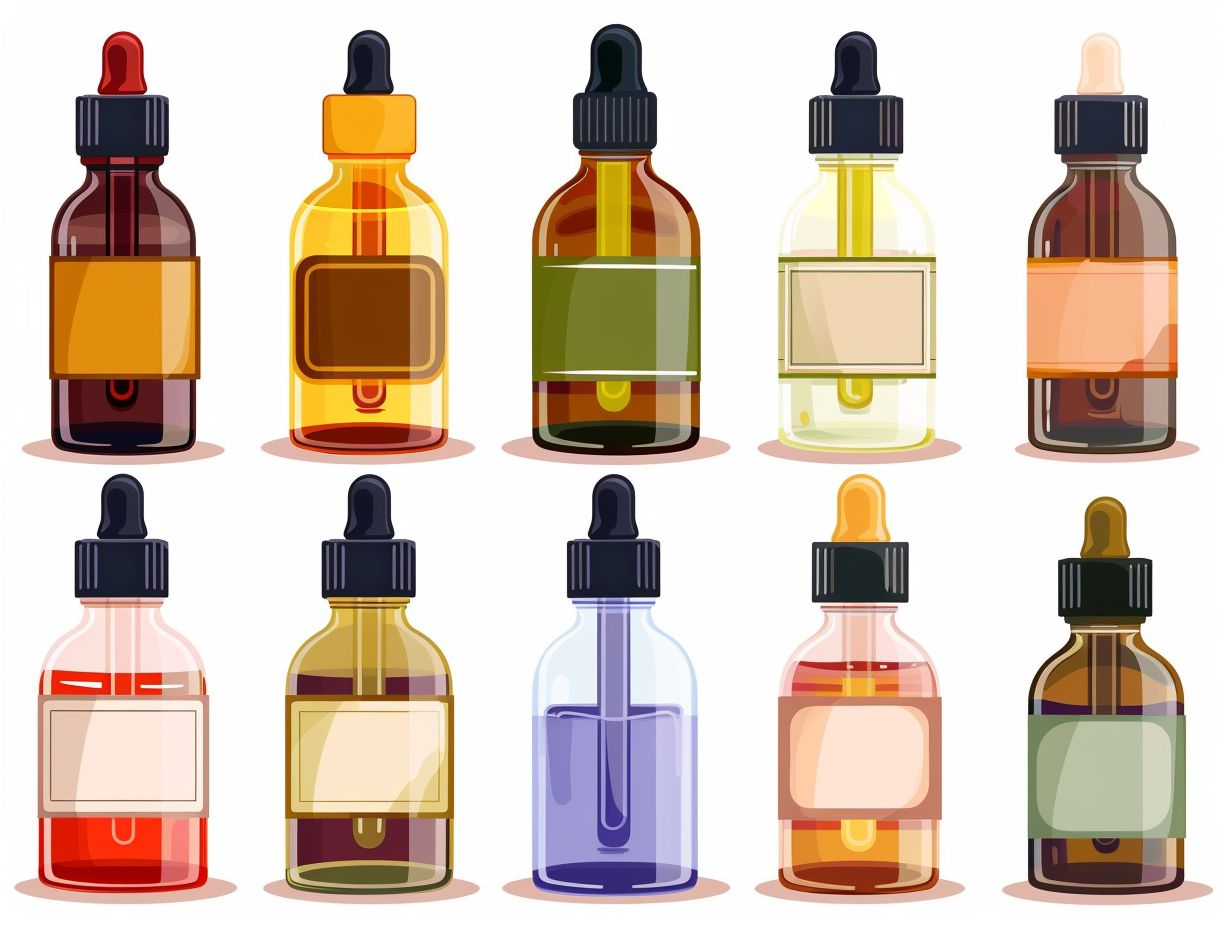
Essential oils, such as Peppermint oil, are delicate substances that can easily be affected by external factors. When these oils are not stored correctly or handled properly, their molecular structure can start to break down, leading to a loss of their therapeutic qualities. For example, exposure to heat, light, or oxygen can accelerate the degradation process of Peppermint oil, altering its natural composition and diminishing its effectiveness.
How Can Essential Oils Be Used for Frequency Healing?
Essential oils are used in frequency healing practices to leverage their vibrational properties for promoting wellness and balance within the body.
These oils are carefully selected for their unique frequencies that resonate with different aspects of the body’s energy field. For instance, lavender oil is often used to soothe and calm the mind, while peppermint oil is known for its invigorating and energizing effects.
Blending oils strategically can enhance their effectiveness in vibrational healing. A popular blend includes frankincense, known for its grounding properties, with citrus oils like lemon or wild orange to uplift the spirit.
Techniques such as diffusing oils, applying them topically, or incorporating them into massage therapies help to align the body’s frequencies and facilitate overall well-being.
Are There Any Risks or Side Effects of Using Essential Oils with Frequencies?
While essential oils with frequencies offer potential health benefits, there are risks and side effects to consider, such as skin irritation, allergic reactions, photosensitivity, and potential drug interactions.
It’s important to note that essential oils are highly concentrated substances, and improper use can lead to adverse reactions. Skin irritation, like redness or itching, is a common side effect, especially when oils are applied directly onto the skin without proper dilution.
Allergic reactions may occur in some individuals, manifesting as sneezing, coughing, or even more severe symptoms. Certain oils can cause photosensitivity, making the skin more sensitive to sunlight and potentially leading to burns or discoloration.
Essential oils can interact with medications, altering their effectiveness or causing unwanted side effects. To minimize these risks, consulting a qualified aromatherapist or healthcare professional for guidance on proper usage is crucial. They can help tailor a safe and effective essential oil regimen tailored to your specific needs and health status.
Skin Irritation
Skin irritation is a common side effect reported by individuals using essential oils, as noted by Ashley Peterson, a prominent member of the essential oil community.
These skin reactions can range from mild redness and itching to more severe cases of rash and dermatitis. The potent nature of essential oils, which are highly concentrated plant extracts, can sometimes be too intense for sensitive skin.
To minimize the risk of skin irritation, it is essential to dilute essential oils with a carrier oil before applying them topically. Performing a patch test on a small area of skin can help identify any potential adverse reactions before widespread use.
If skin irritation does occur, gently washing the area with mild soap and water can help alleviate symptoms. It’s crucial to discontinue use of the essential oil and seek guidance from a healthcare professional if the irritation persists or worsens.
Allergic Reactions
Allergic reactions can occur in sensitive individuals exposed to certain essential oils, a concern highlighted by the essential oil pioneer, D. Gary Young, in his research.
These reactions can range from mild skin irritation to more severe responses like respiratory issues or anaphylaxis. To reduce the risk, it’s crucial to carefully identify allergens specific to each essential oil. Patch testing on a small area of skin before widespread use can help pinpoint potential allergens.
If an allergic reaction does occur, promptly stop using the oil and seek medical advice. Some oils, like lavender or chamomile, are generally considered safe for most individuals, but it’s always wise to perform a spot test first to rule out any sensitivities.
Photosensitivity
Photosensitivity, a condition where the skin becomes more sensitive to sunlight, can be triggered by certain essential oils, as highlighted by John Hite, an expert at Taino Technology.
It is crucial to note that some citrus oils, such as bergamot, lemon, and lime, contain compounds that can react with UV light, leading to skin issues like rashes, redness, or even burns when exposed to the sun.
To prevent these adverse effects, experts like John Hite recommend refraining from applying photosensitive oils topically before sun exposure. Ensuring a time gap of at least 12 hours before going out in the sun can significantly reduce the risk of photosensitive reactions.
Drug Interactions

These interactions can occur due to the chemical components of essential oils affecting enzymes responsible for drug metabolism in the body. Certain oils, such as grapefruit, can inhibit key enzymes, leading to altered drug concentrations. It’s crucial for individuals using prescription medications to consult their healthcare providers before incorporating essential oils into their routine. By seeking professional advice, one can mitigate the risks of adverse interactions and ensure the safe and optimal use of both medications and oils.
What Are Some Essential Oils with High Frequencies?
Rose oil is often cited as having one of the highest vibrational frequencies among essential oils, as noted by Bruce Tainio, a researcher known for his work on frequencies of natural substances.
Essential oils such as rose oil are believed to possess unique energetic qualities that can impact our physical and emotional well-being. According to Tainio’s research, these oils emit high vibrational frequencies that can resonate with the body’s own energy fields, promoting balance and harmony.
These elevated frequencies are thought to have a direct influence on our energetic centers, or chakras, helping to clear blockages and restore vitality. By incorporating high-frequency essential oils into aromatherapy practices, individuals may experience a range of potential health benefits, including increased energy levels, improved mood, and enhanced spiritual awareness.
Frequently Asked Questions
Do Essential Oils Have Frequencies?
Yes, essential oils do have frequencies! Each essential oil has its own unique frequency, ranging from 52 to 320 MHz.
What are Frequencies in Relation to Essential Oils?
Frequencies refer to the measurable vibrations or energy levels of essential oils. They are measured in Hertz (Hz) and can range from very low to very high frequencies.
How are Frequencies Measured in Essential Oils?
Frequencies in essential oils can be measured using a frequency machine or a biofeedback device. These tools can detect the vibrational energy of the oils and display it in Hz.
Why are Frequencies Important in Essential Oils?
Frequencies are important in essential oils because they can have a direct impact on our own vibrational energy. High frequency essential oils can help to raise our own frequencies, bringing balance and harmony to our mind, body, and spirit.
Do All Essential Oils Have the Same Frequencies?
No, each essential oil has its own unique frequency. This is determined by the plant it is extracted from, the growing conditions, and the extraction method used.
Can Frequencies in Essential Oils Affect Our Health?
Yes, frequencies in essential oils can have a direct impact on our physical, emotional, and spiritual well-being. Research has shown that different frequencies can have different effects on our bodies and can help to support our overall health and wellness.

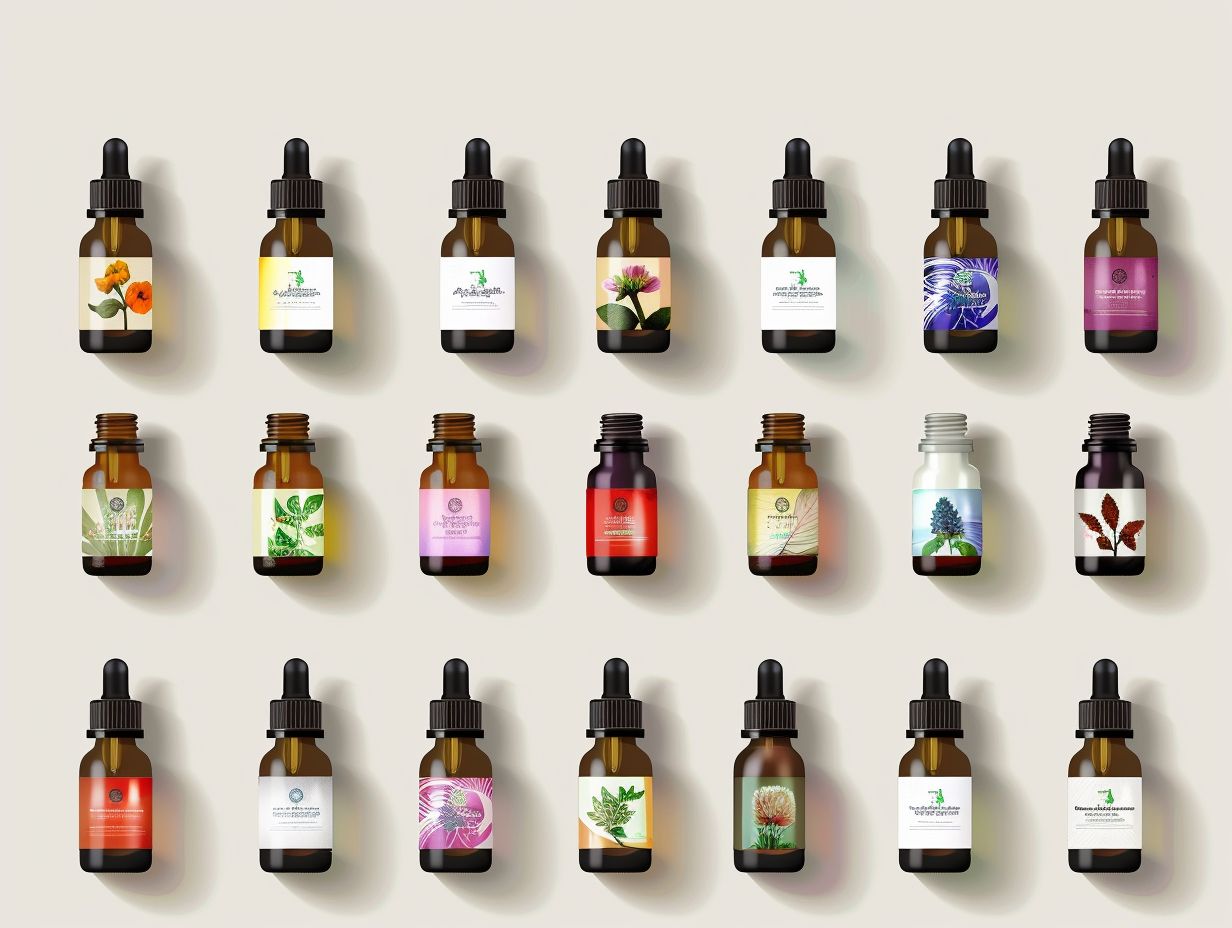



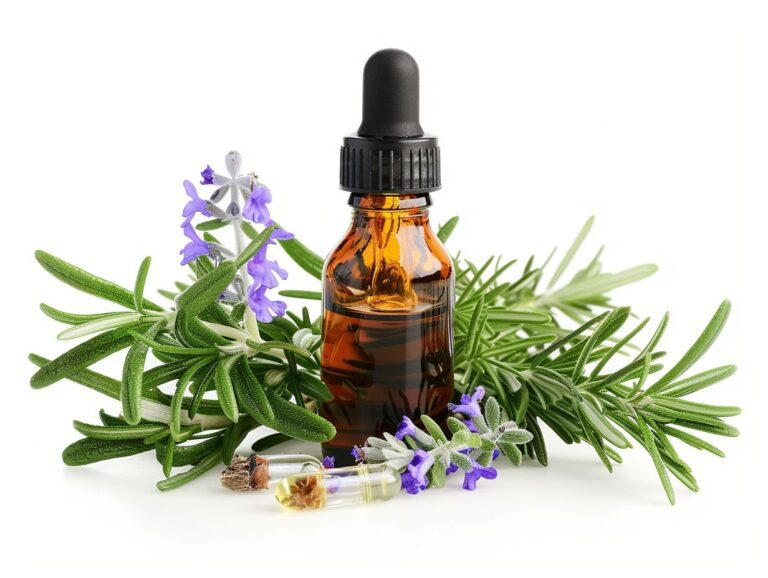

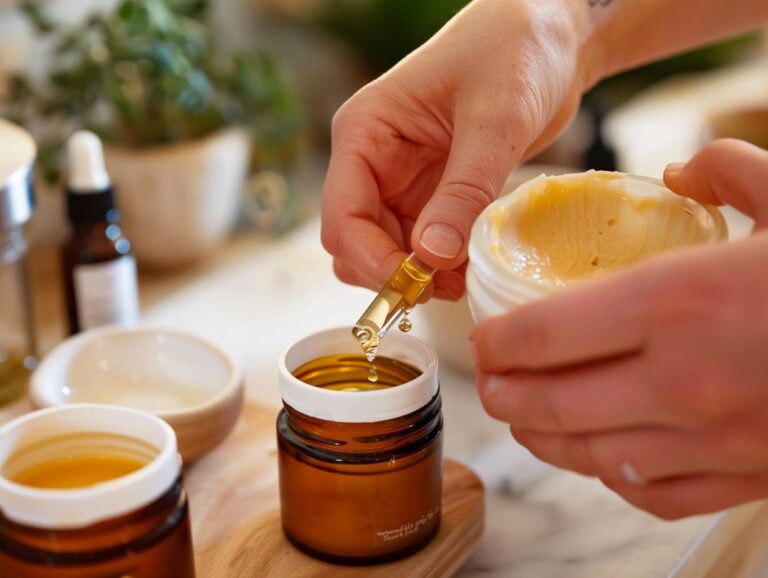
One Comment